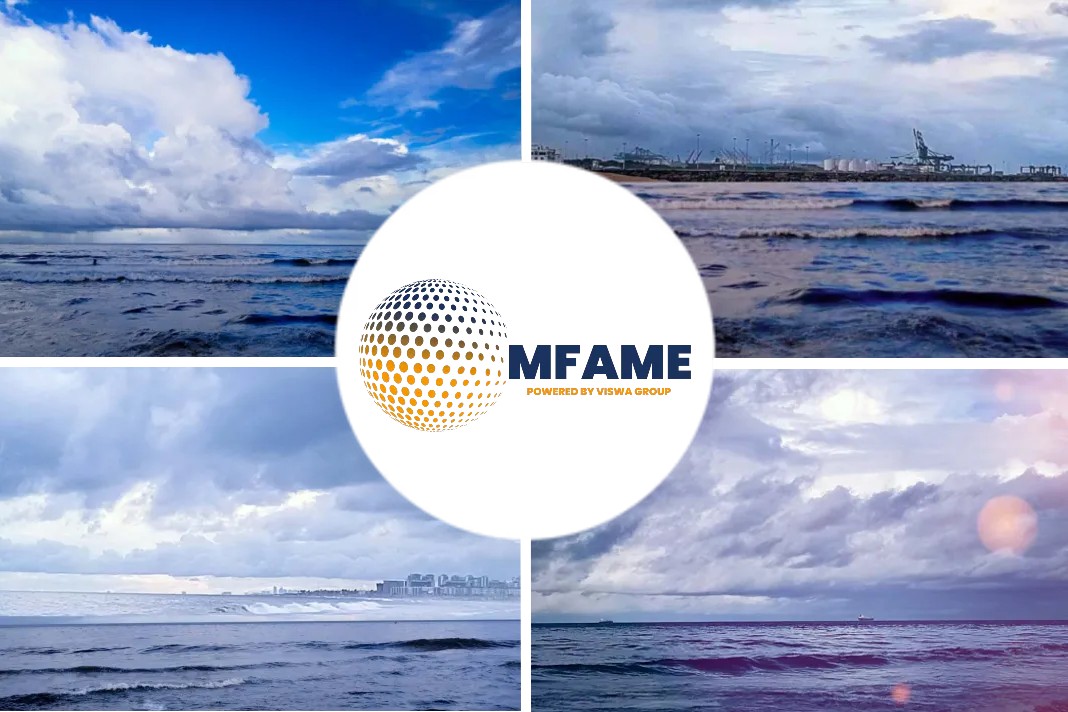
Why oil tankers are the new darlings of maritime shipping, intrigues an El Pais news source.
Hundreds of ships moored in the harbor
“The war has benefited us,” says Peter Kolding, vice president of Hafnia, the Danish oil tanker company. It sounds blunt from the top floor of a Singapore hotel surrounded by skyscrapers, where the expansive view from the window reveals hundreds of ships moored in the harbor below. Kolding’s statement is as uncomfortable as it is accurate. “This is how it has always been. Disruptions are good for us – just look at the Iraq War,” he notes. Then and now, oil transportation companies are making tons of money, more than the container shipping companies that benefited in 2021 and 2022 from the pandemic-related supply chain problems. Those companies recently experienced downturns because their ships no longer make money by just sitting in congested ports waiting to unload.
The main driver of this boom in the oil tanker industry, conspicuous since last summer, is the spike in global crude oil prices caused by the Russian invasion of Ukraine. Vessels have been forced to use different maritime routes to avoid conflict zones, and tough Western sanctions have pushed many countries to seek alternatives to Russian products. Buyers now look to sources in the Middle East, Asia and the US, even if that means incurring higher transportation costs. More time on the water carrying cargo and maximized fleet usage means higher profits.
Container ships have fixed routes and schedules. Tankers are more like Uber cars.
The shipping industry notes that other factors besides the war in Ukraine are also having an impact. There is strong demand from countries that have recently shut down refineries, especially Australia, New Zealand and South Africa. It takes longer to unload in Latin American ports due to the greater volume of imports, mainly from the US. New tanker orders are historically low despite an aging global fleet. This is partly because no one knows which green fuel will be in demand due to stricter environmental regulations that are still in the works.
Some companies are investing in methanol and ammonia infrastructure and equipment, but there are no surefire bets, and everyone is cautious because some other fuel might garner the most demand. “We cannot build ships based on speculation,” says Hafnia. It’s a classic chicken-and-egg dilemma: should shipbuilders focus on tankers for transporting a particular green fuel, or should they wait until fuel manufacturers generate sufficient demand? Market logic is implacable in a future full of uncertainty: if no new ships are built, the supply will drop, and prices will rise.
75-300% stock price increases in just one year
Investors are jumping on the bandwagon without worrying about the long term. Some industry leaders, like Euronav, DHT, Scorpio and Teekay, have experienced 75-300% stock price increases in just one year. Although tankers tend to be smaller than enormous container ships, anything that floats and can carry oil has become a cash-generating machine. Old vessels are kept in service for longer, pushed to their limits, or sold at prices unthinkable not so long ago.
In such a favorable environment, tanker companies are investing in data analysis to tell them where to move their seacraft for maximum revenue. Algorithms use historical information to predict the sources of demand and incorporate weather and traffic conditions to recommend the fastest routes. “Container ships have fixed routes and schedules. Tankers are more like Uber cars. They have to be at the right place at the right time, and we go where the customer tells us to go,” said Kristian Jasper, an executive with Maersk Tankers. Tanker shipping prices are just as variable as ride-sharing. “One month, you can get $10,000 a day for a ship, and the next month you can get $50,000 a day for the same one.”
We interviewed Jasper at his workplace in Singapore, where we traveled at the invitation of Danish Shipping, the trade association for Danish shipowners. There is no mystery about their extensive presence in Asia. Pointing to a map of Asia, Japser said, “Half of the global population lives within this circle and generates more than half of all energy demand.”
War in Ukraine has been lucrative
The war in Ukraine has been lucrative for oil tanker companies but it also has drawbacks. Ships navigating the Black Sea must pay more for insurance, and they have to be sure about the buyers and sellers of the oil they are transporting so as not to violate sanctions against Russia. Maersk Tankers says it has five people dedicated to ensuring compliance with embargos and sanctions, but sometimes things go wrong. In early February, the Spanish government barred the Maersk Magellan from entering the port of Tarragona because it was loaded with Russian oil.
Hafnia’s Peter Kolding notes that circumventing sanctions is not impossible, especially when some global powers exploit the war by buying Russian crude at a discount. “India can refine Russian crude and ship it to Europe as an Indian product. You can’t buy Russian crude and re-export it as such, but the product’s origin is erased once you transform it.”
No one wants to guess how long this virtuous cycle will last. An end to the war would instantly reduce prices, but that doesn’t seem likely soon. And even if the drums of war give way to peace, industry leaders don’t expect everything to return to the way things were. “European demand is never going to be like it used to be because the region is becoming more independent of Russia.” For now, that means more tankers at sea and more money in the coffers.
It’s Free! Click here to Subscribe!
Source: English Elpais



























